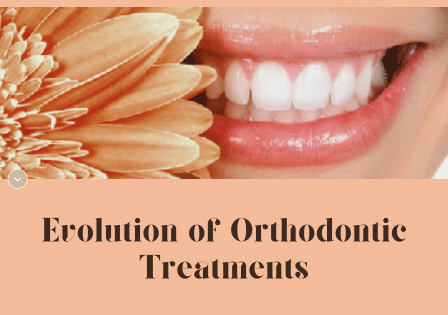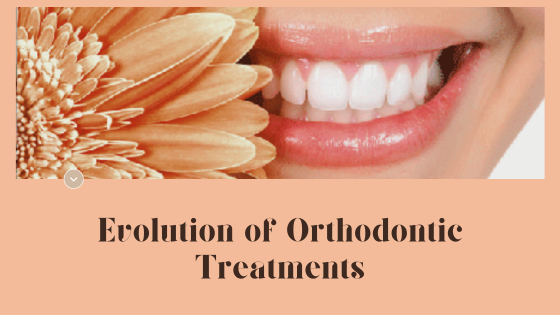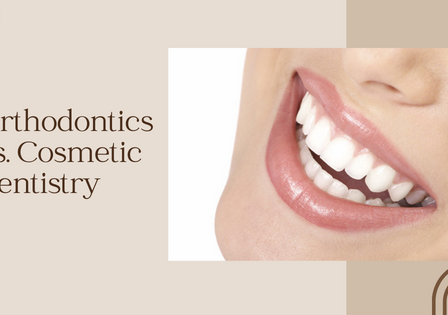Orthodontic practices have witnessed an exponential surge in diversity and sophistication over the years, however, one treatment modality that has stoically stood the test of time is traditional metal braces. With a distinguished standing in the evolution of orthodontics, these braces remain a reliable and pragmatic option for patients, promising effective results for even the most complex dental issues. Traditional metal braces embody an amalgamation of purpose, durability, and affordability, making them an enduring classic in the realm of orthodontic remedies.
Journey Through Time: The Rise of Traditional Braces
The advent of orthodontics dates back to ancient Egypt, but the ground-breaking development of stainless-steel braces in the mid-20th century ushered a new era in orthodontic treatments. Durability shifted gears, accompanying high-grade stainless steel, meticulously curated into brackets and archwires to form intricate networks dedicated to realigning teeth.
Over time, advancements like adhesive technologies for direct bracket-to-tooth bonding and nitinol wires—incorporating shape memory and super-elasticity—further refined traditional braces’ design and functioning. This time-proven solution applies consistent pressure on the teeth, ushering them gradually but surely towards the coveted alignment.
Unraveling the Mechanics: Traditional Braces in Action
Metal braces follow a straightforward yet strategic protocol: brackets are attached to the teeth and linked by an archwire, which functions as the guiding light for tooth movement. Periodic adjustments tighten this wire, producing steadfast, constant pressure and promoting desired shifts in dental positions.
More often than not, orthodontists employ auxiliary tools such as elastics or springs for added pressure, especially in cases demanding jaw alignment alterations or considerable shifts in teeth positioning. This principle of constant and controlled tension stimulates bone remodeling, paving the way for teeth to move into planned alignments.
Reliability and Versatility: Tackling Complex Issues
When it comes to dealing with severe overcrowding, significant misalignment, bite issues, or rotations, traditional metal braces excel. Their efficient and precise control over tooth movement allows orthodontists to tackle these complex and often difficult-to-correct dental issues.
While other orthodontic tools may serve as viable options for mild to moderate misalignments, traditional braces stand unrivaled in treating a vast array of severe cases. Consequently, this ensures a comprehensive, effective solution for nearly all orthodontic patients, regardless of the intricacy of their dental misalignments.

Cost-Effectiveness: A Smart Investment
Being one of the most affordable orthodontic treatments, traditional metal braces provide an economic, yet efficient solution for patients. Generally, insurance providers cover a significant portion of metal braces cost, and numerous clinics offer flexible payment options, making them a financially viable choice for most families.
Personalizing Treatment: Aesthetic Appeal
Modern metal braces are considerably smaller, less bulky, and more aesthetically pleasing than their predecessors. Apart from their miniaturized stature, the latest innovation of color-customizable elastic bands surrounding the brackets offers a fun and personalized approach to orthodontic treatment.
Children, teens, and even adults can indulge in a splash of color, choosing from a wide spectrum that genuinely echoes their vibrancy. Thus, wearing braces can evolve from a tedious correction process into a creative and individualized experience.
Learning Curve: Initial Discomfort
Although the initial days post-brace-application might entail discomfort or mild pain due to the pressure exerted, these troublesome experiences tend to subside in a week or so. As they say — “No pain, no gain.” Over time, patients typically adapt to their metal braces, and they become a part of their everyday lives.
Dental Hygiene: Maintaining Oral Health
It is true that traditional braces add nuances to an individual’s oral hygiene practices. They require a more meticulous and detailed cleaning routine, including special interdental brushes or floss threaders. However, maintaining rigor in dental hygiene habits not only fosters a conducive environment for effective treatment but also reinforces long-term, beneficial oral health practices.
Final Thoughts
While clear braces and aligners have paved their way into the market with enticing benefits, traditional metal braces remain a reliable and comprehensive treatment option—standing tall amidst the course of orthodontic innovation. Their unbeatable control over tooth movement, treating the most severe misalignments, coupled with affordability, makes them a stalwart choice for patients and dentists alike.
Nevertheless, it is crucial to remember that every orthodontic case is unique, and what might work for one patient may not be ideal for another. Orthodontists are equipped with comprehensive knowledge and expertise to guide each patient toward the solution best suited to their specific needs and aspirations.












